Dead Sea Scrolls Older Than Previously Thought, Thanks to AI and Carbon Dating Breakthrough
Unveiling the Ancient Past with Modern Technology
The Dead Sea Scrolls — one of the most significant archaeological discoveries of the 20th century — have just gotten even more interesting. According to a groundbreaking study released in June 2025, scientists have now determined that some of these ancient texts are significantly older than previously estimated. By combining cutting-edge artificial intelligence (AI) with radiocarbon dating technology, researchers are rewriting a key chapter of human history.
This latest discovery not only deepens our understanding of Jewish history, religious texts, and cultural evolution but also showcases how modern innovation can breathe new life into ancient artifacts.
What Are the Dead Sea Scrolls?
Discovered in caves near the Dead Sea between 1946 and 1956, the Dead Sea Scrolls consist of more than 900 manuscripts — including texts from the Hebrew Bible, apocryphal works, and sectarian writings that date back over 2,000 years.
The scrolls are widely believed to have been written by a Jewish sect known as the Essenes, who lived around the Qumran region. Since their discovery, these manuscripts have become vital in studying the origins of Judaism and early Christianity.
Why the Dating Matters
Determining the exact age of these texts is crucial for scholars to:
- Trace the evolution of religious doctrines and manuscript traditions
- Understand the socio-political context of ancient Israel
- Reconstruct lost histories that are not documented elsewhere
AI Meets Archaeology: The New Dating Method
Traditionally, carbon dating methods have been used to estimate the age of ancient artifacts like the Dead Sea Scrolls. While effective, these techniques come with limitations, particularly when samples are too small or contaminated. That’s where artificial intelligence steps in.
In this new study, researchers employed a sophisticated AI model capable of analyzing microscopic details within the manuscripts — including ink composition, handwriting patterns, parchment preparation, and degradation markers.
How It Works
By feeding high-resolution images and data into AI algorithms, the system could distinguish subtle variances in material and script, allowing for a more precise timeline to be established. This AI-assisted analysis was then cross-verified with advanced carbon dating techniques, leading to compelling results.
- More Accurate Dating: Micro-chemical analysis and AI pattern recognition refined the age estimate of several key scrolls.
- Less Damage to Artifacts: Non-invasive digital methods reduced the risk of damaging these delicate, ancient manuscripts.
- Contextual Correlation: The AI can also link textual changes with historical events, providing additional validation for date estimates.
The Shocking Revelation: They’re Even Older
The biggest headline from this breakthrough? Some of the Dead Sea Scrolls are now thought to be up to 100 years older than previously believed. While experts once dated many scrolls to the 2nd century BCE, the new evidence suggests parts could date back to the 3rd century BCE — significantly expanding the timeline of the Jewish Second Temple period.
Implications for Religious and Historical Study
This revision has profound implications:
- Earlier Authorship: The new age estimates suggest that certain biblical texts were compiled or written earlier than once thought.
- Expanded Influence: These findings imply that religious ideas reflected in the scrolls were circulating further back in history than scholars had assumed.
- Interfaith Studies: For Christians, Muslims, and Jews alike, understanding the roots and spread of religious texts delivers richer insights into theological development over millennia.
Global Scholarly Reactions
Experts in the fields of biblical studies, archaeology, and technology have been quick to praise the research. Dr. Eli Ben-Hur, a leading archaeologist at the Israel Antiquities Authority, called it “a quantum leap in manuscript dating, combining science and scholarship like never before.”
Meanwhile, religious scholars are debating how the revised dates may affect interpretations of the canonical texts, especially when considering the context and timing of religious law and prophecy development in ancient Judaism.
Future of AI in Archaeology
This technological leap is more than just a win for biblical research — it also marks a new frontier in archaeology. By blending ancient texts with modern-machine learning, researchers have opened doors to numerous applications:
- Preservation: AI tools are being used to digitally restore and reconstruct fragmented texts without further wear on the artifacts.
- Translation: Machine learning models are now being trained to assist in deciphering ancient languages and scripts faster and more accurately.
- Public Access: High-resolution AI-processed scans could one day populate open-source archives, allowing scholars and enthusiasts from around the world to study these treasures firsthand.
Conclusion: A Tech-Driven Journey Through Time
The revised dating of the Dead Sea Scrolls stands as another thrilling reminder of how powerful the marriage between technology and humanities can be. By utilizing AI and advanced scientific tools, researchers are not only uncovering previously inaccessible layers of human history but also challenging long-held assumptions.
The findings remind us that our view of the past is ever-evolving and that the stories told within ancient scrolls still hold new secrets — waiting to be revealed through innovation and inquiry.
Key Takeaways
- The Dead Sea Scrolls have been redated to possibly a century earlier using AI-powered analysis.
- This changes how scholars understand the timeline of religious texts and practices during the Second Temple period.
- AI and radiocarbon dating are becoming essential tools in archaeological research and historical documentation.
As science continues to evolve, who knows what other archaeological mysteries will be unraveled next? One thing is certain: the Dead Sea Scrolls are far from done telling their secrets.
< lang="en">


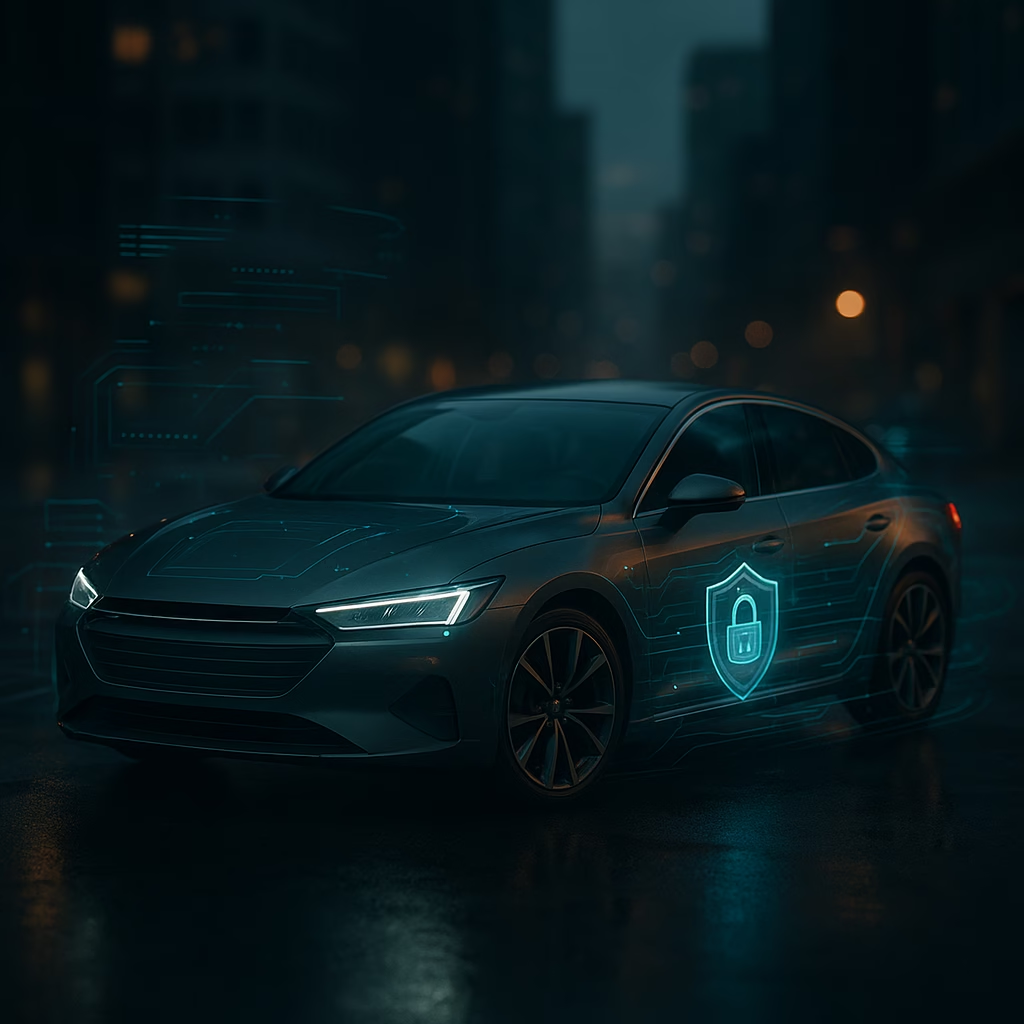
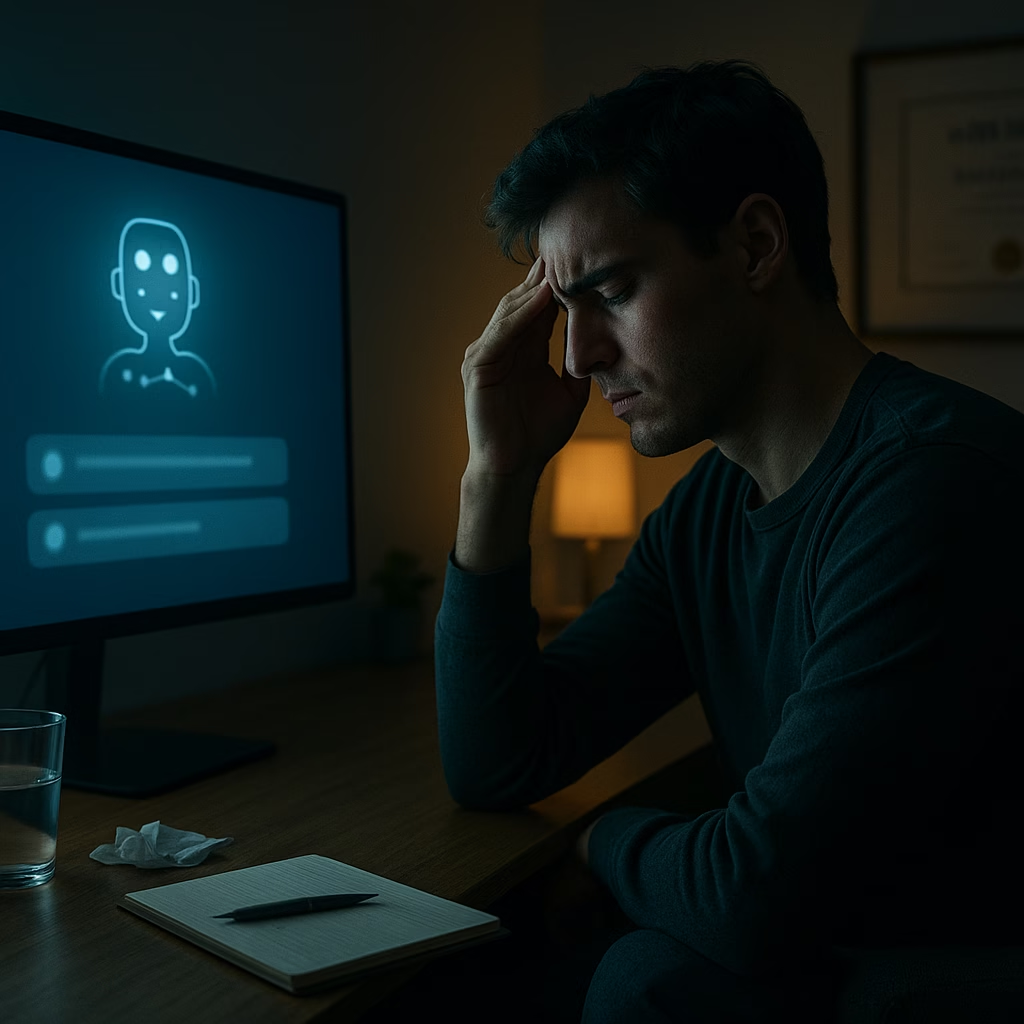
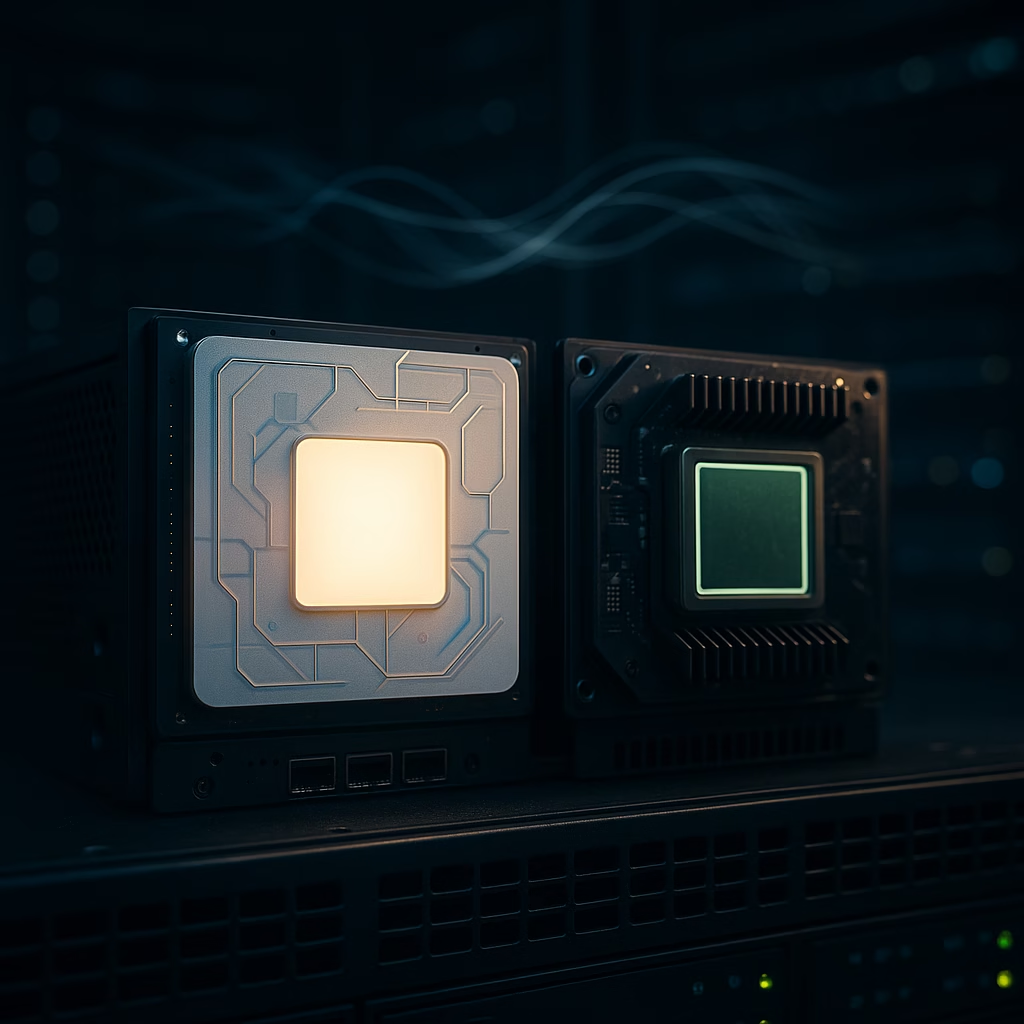
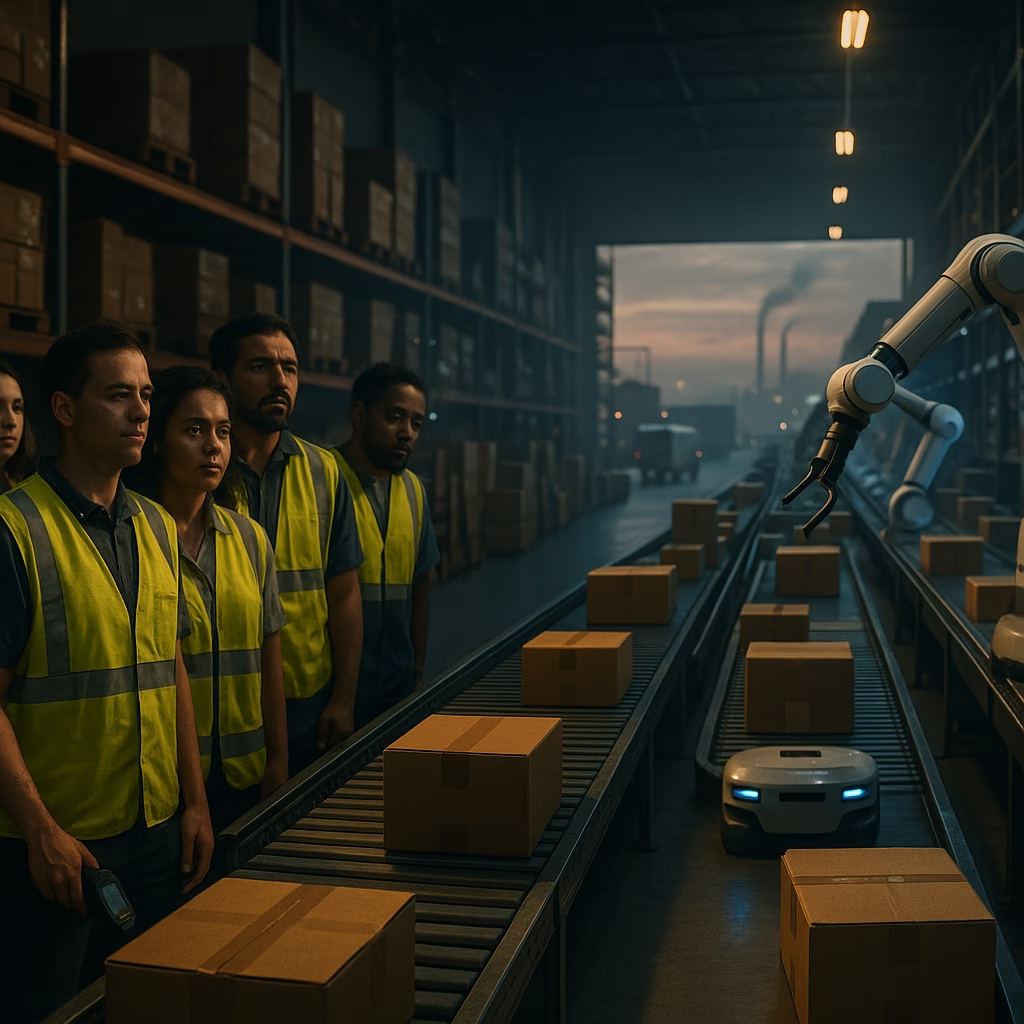
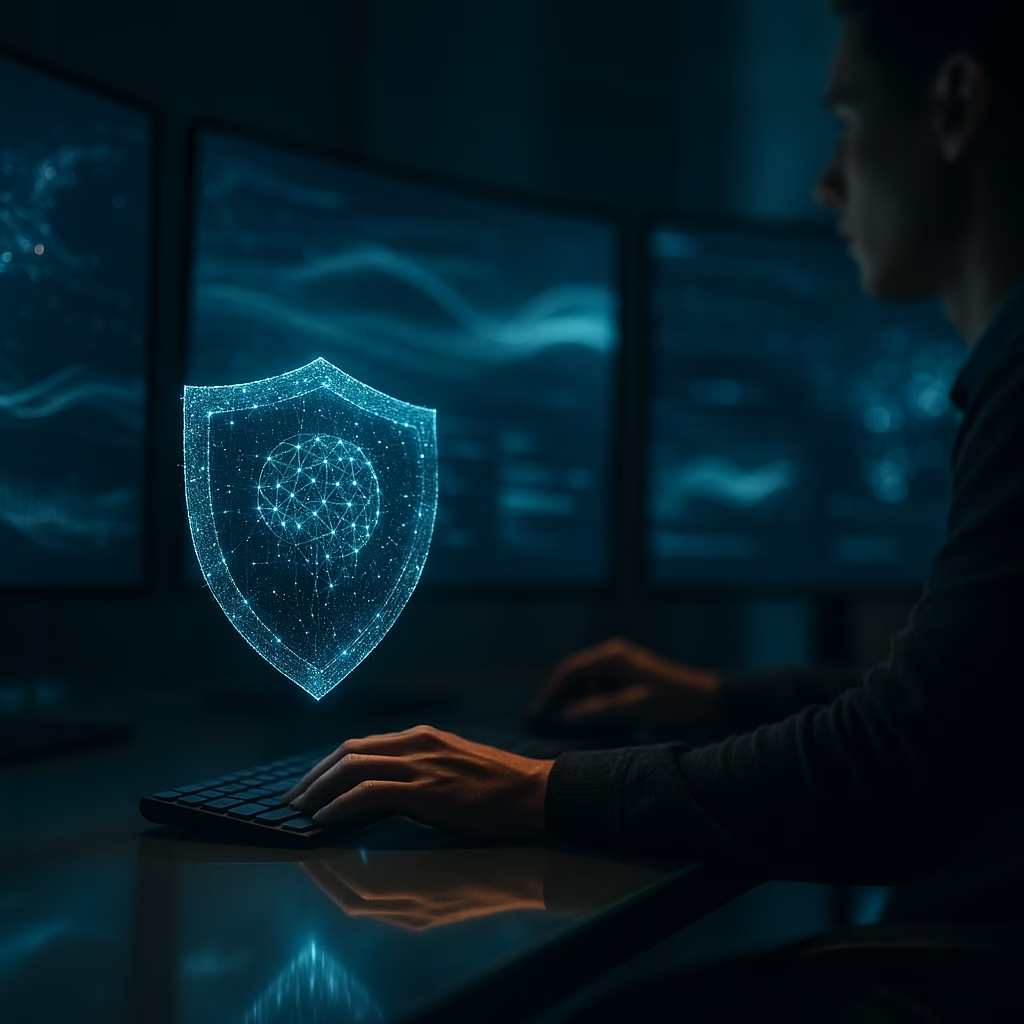
Leave a Reply